The Streak Continues: 258
This post was published just after 8:00am from my home at Indian Lake Estates, FL. Yesterday, I enjoyed a nice swim, an ice bath, a productive but relaxing day of work, and another good night of sleep. This post, which took me about 2 1/2 hours to prepare, marks 258 consecutive days with a new enjoyable and educational blog post. Again, today’s post is quite educational. 🙂
With so many folks getting in the habit of using our B&H links and our Amazon logo-links, why quit now? April, May, and June were fantastic. July was good. Lots of folks are getting the message: using my affiliate links does not cost you a penny and helps support my efforts here. To show your appreciation, I do ask that you use our B&H and Amazon affiliate links on the right side of the blog for all of your purchases. Please check the availability of all photographic accessories in the BIRDS AS ART Online Store, especially Gitzo tripods, Wimberley tripod heads, and the like. We sell only what I have used and tested, and know that you can depend on. We will not sell you junk. We know the tools that you need to make creating great images easy and fun. And we are always glad to answer your gear questions via e-mail.
You can find the following items in the store: Gitzo tripods, Mongoose M3.6 and Wimberley heads, plates, low feet, and accessories, flash brackets, , Delkin e-film Pro Compact Flash Cards, LensCoat products, and our unique line-up of educational materials including ABP I & II, Digital Basics, Site and Set-up e-Guides, Canon and Nikon Camera Users and AF e-Guides, and MP-4 Photoshop video tutorials among others.
I would of course appreciate your using our B&H affiliate links for all of your major gear, video, and electronic purchases. For the photographic stuff mentioned in the paragraph above we, meaning BAA, would of course greatly appreciate your business. Here is a huge thank you to the many who have been using our links on a regular basis and visiting the BAA Online store as well.
|
This image was created on the UK Puffins and Gannets IPT with the Gitzo 3532 LS carbon fiber tripod, the Mongoose M3.6 head, the Canon EF 200-400mm f/4L IS USM Lens with Internal 1.4x Extender (with the internal TC in place at 280mm) and the Canon EOS-1D X. ISO 400. Evaluative metering at zero: 1/400 sec. at f/5.6 (wide open) in Manual mode. Thanks again to Jean-luc Vaillant for letting me borrow his 2-4 for the day. Central sensor/AI Servo-Surround/Rear Focus AF on the upper left corner of the sea stack and re-compose. Click here if you missed the Rear Focus Tutorial. Click on the image to see a larger version. |
The Best Laid Plans…
When I woke this morning after a good night’s sleep at 5:05am–I was in bed early as is usual, I thought that this blog post would be done in less than an hour as I had already optimized the image. But it looked a bit too light to me. In Digital Basics I note that when I am done optimizing and image that I always like to go back and compare the optimized version with the RAW file (which is of course actually the embedded JPEG. Lots more on that tomorrow. IAC, when I compared the before and after images I realized that I had way over-done the application of Detail Extractor in NIK Color Efex Pro 4. So I reconverting the RAW file in DPP and started over from scratch in Photoshop. Along the way I made many interesting discoveries that I will share with y’all here very soon….
Image Creation Tips
Lots of thinking went into the creation of this image.
When I saw the big black cloud, I knew that I wanted to incorporate it into an image and using one of the Common Murre covered sea stacks was the obvious way to go. But from where I was standing with George Golumbeski I did not like the way that the bottom of the dark cloud juxtaposed with the top of the sea stack. In addition, the sea stack was angled away from me. So we grabbed our gear and walked about 200 yards closer to the sea stack. Problems solved.
Next I needed to come up with a good exposure. I started out adding light in the very dreary conditions but wound up totally blowing the white section of sky below the foreboding storm cloud. I wound up at zero with just a very few blinkies in the white sky.
First I made sure that the legs of the 3532 were fully spread and that the tripod was firmly in place on the rocky soil. Then I framed the image carefully. Next I leveled the camera using the electronic level of the 1D X–do that by rotating the lens in the tripod collar. Then, I locked down both the horizontal and vertical panning knobs on the Mongoose. After that, I re-checked the framing and tightened down the panning knobs even more firmly to ensure that the framing would not change accidentally.
I knew from the get-go that the way to make this relatively wide habitat shot special would be to capture a murre landing near the left corner of the sea stack–the wind was from over my right shoulder…. To achieve that I carefully made sure that the framing would not change and I set the exposure manually. Then I took my eye from the viewfinder. Why? So I could see the birds coming. If I had kept my eye at the viewfinder, I might not have pressed the shutter button in time to get the bird before it landed. When I saw a murre flying in from the left, I pushed and held the shutter button down to create 3 or 4 frames in each sequence. I hoped to get really lucky with one frame. And I did. 🙂
Image Question
1-Why is the landing murre sharp at a shutter speed of “only” 1/400 sec.? Most folks recommend a shutter speed of at least 1/400 sec. for birds in flight….
2-Why was I not worried at all about depth-of-field?
|
Images and card design copyright 2014: Arthur Morris/BIRDS AS ART. Click on the card to enjoy a spectacular larger version. |
Puffins, Gannets, Murres, Razorbills, Terns–especially Arctic, Gulls, Shags, Chicks, and Castles!
As you know, our recent trip to the UK for puffins and gannets and more was a huge success. We are going back in 2015. Though the trip is being announced here formally for the first time, we already have 2 very Happy Campers signed up. If you have any questions or if you would like us to hold a spot for you pending the arrival of your deposit check (see below), please let me know via e-mail asap.
We will likely be running a similar trip to Ireland the week before; if you might consider that either separately or in addition to the UK trip announced below, please wait a bit on getting your flights.
|
Images and card design copyright 2014: Arthur Morris/BIRDS AS ART. Click on the card to enjoy a spectacular larger version. |
The 2015 UK Puffins and Gannets IPT
June 29 through July 5, 2015: $5499: Limit 10 photographers/Openings 5. This trip is a go! Two great leaders: Denise Ippolito and Arthur Morris.
Here are the plans for next year: take a red eye from the east coast of the US on 28 June arriving in Edinburgh, Scotland on the morning of Monday 29 June (or simply meet us then either at the Edinburgh Airport (EDI) or later in the day at our cottages if you are driving your own vehicle either from the UK or from somewhere in Europe. Stay 7 nights in two gorgeous modern country cottages.
There are 5 days of planned puffin/seabird trips—weather permitting, and 1 full day of gannet photography with 2 sessions on the boat. (More info below.)
|
Images and card design copyright 2014: Arthur Morris/BIRDS AS ART. Click on the card to enjoy a spectacular larger version. |
The Rest of the Fine Details
All breakfasts, lunches and dinners are included. All 5 puffins boat lunches will need to be prepared in advance, taken with, and consumed at your leisure. I usually eat mine on the short boat trip from one island to the other. Also included is a restaurant lunch on the gannet boat day and a farewell fine dining thank you dinner. The cost of your National Heritage Trust is also included; that covers the twice a day landing fees.
Plan to fly home on the early morning of Monday 6 July or to continue your stay or travels.
We are planning this as double-occupancy only but we should be able to arrange for singles by renting a 3rd cottage. We would need to know well in advance, i.e., soon, and it would be pricey and would need to be paid with your non-refundable deposit of $2,000. The shared rooms are decent-sized, each with two roomy single beds and a private bathroom. There are two king rooms available for couples. The upscale country-side cottages are beyond lovely with large living areas and lots of open space for image sharing and Photoshop lessons.
The single supplement is $1475. As we will be renting a third cottage the $1475 is due with your deposit and is also non-refundable.
If you are good to go please send your $2,000 deposit check now to save a spot. We do expect this workshop to sell out very quickly as we have already sold 2 slots even though the trip has not yet been formally announced till right now. Not to mention that everyone loves puffins. Please make your check out to “Arthur Morris” and send it to Arthur Morris/BIRDS AS ART, PO Box 7245, Indian Lake Estates, FL, 33855.
We do hope that you can join us.
|
Images and card design copyright 2014: Denise Ippolito/A Creative Adventure. Click on the card to enjoy a spectacular larger version. |
Be sure to like and follow BAA on Facebook by clicking on the logo link upper right. Tanks a stack!
Support the BAA Blog. Support the BAA Bulletins: Shop B&H here!
We want and need to keep providing you with the latest free information, photography and Photoshop lessons, and all manner of related information. Show your appreciation by making your purchases immediately after clicking on any of our B&H or Amazon Affiliate links in this blog post. Remember, B&H ain’t just photography!
Amazon Canada
Many kind folks from north of the border, ay, have e-mailed stating that they would love to help us out by using one of our affiliate links but that living in Canada and doing so presents numerous problems. Now, they can help us out by using our Amazon Canada affiliate link by starting their searches by clicking here. Many thanks to those who have written.
Typos
In all blog posts and Bulletins, feel free to e-mail or to leave a comment regarding any typos, wrong words, misspellings, omissions, or grammatical errors. Just be right. 🙂

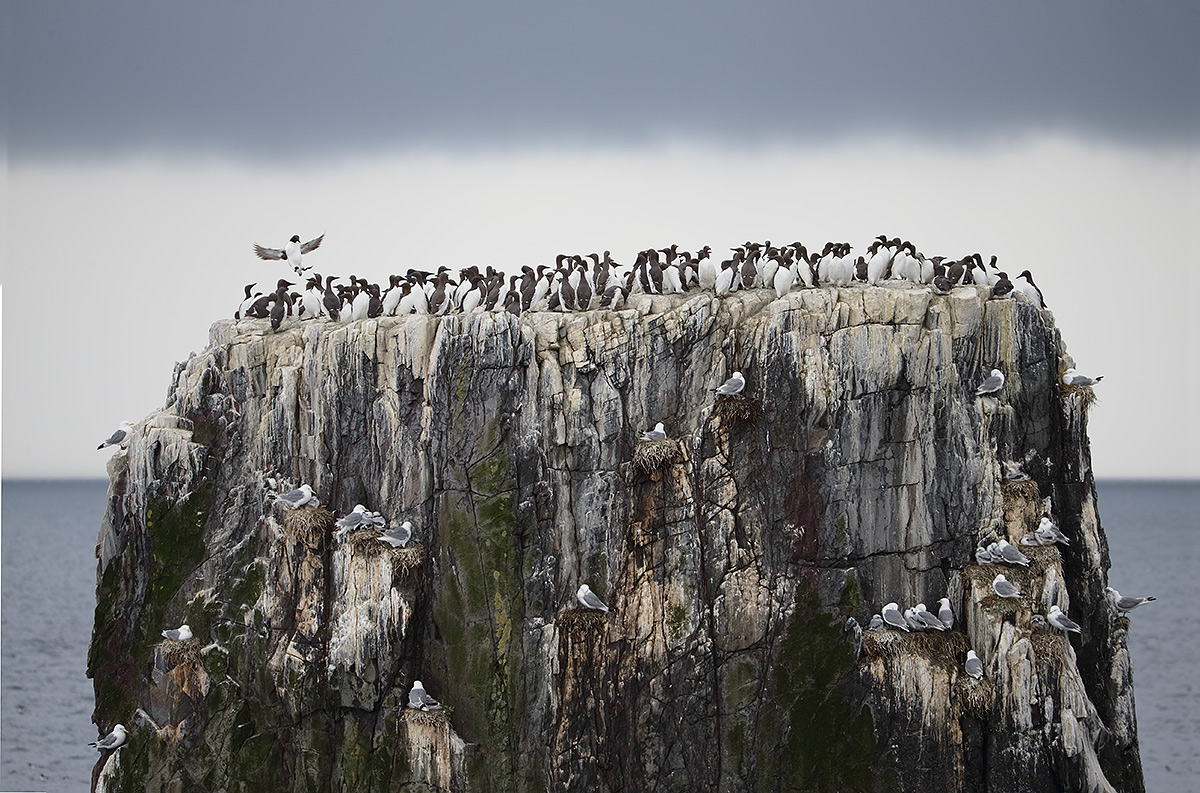
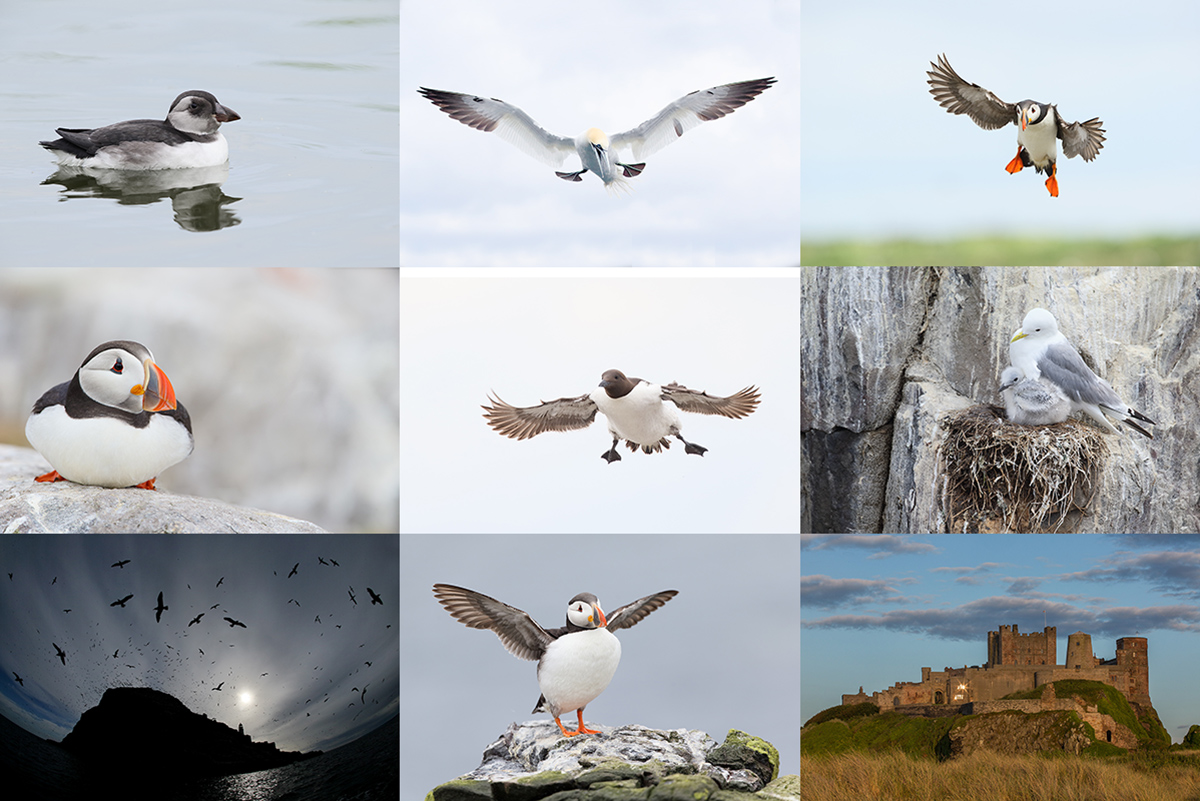
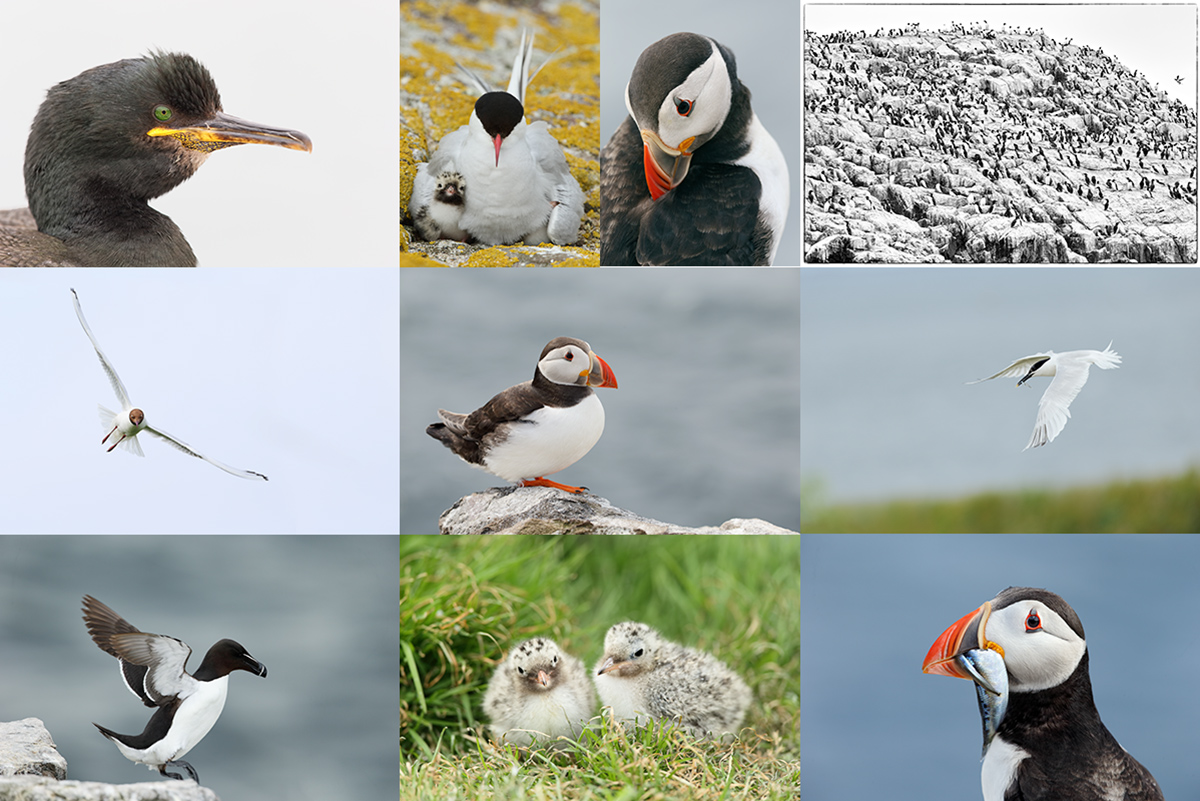
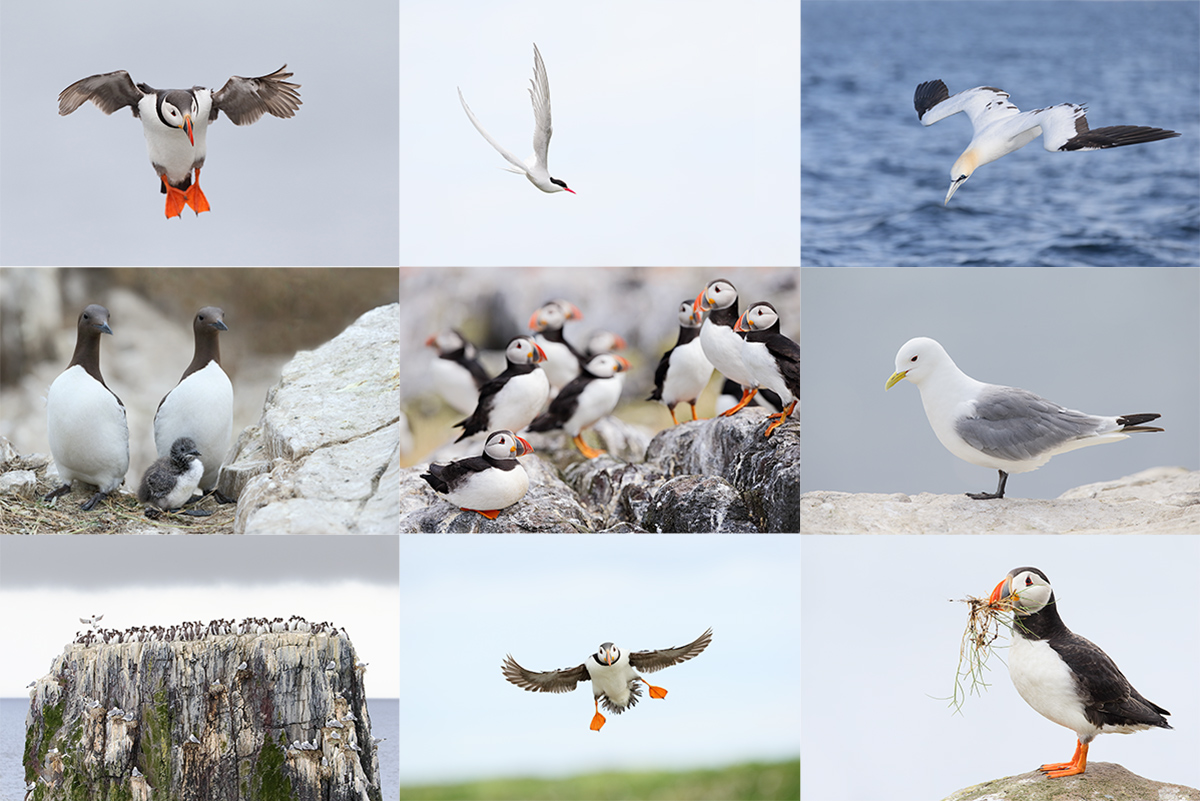
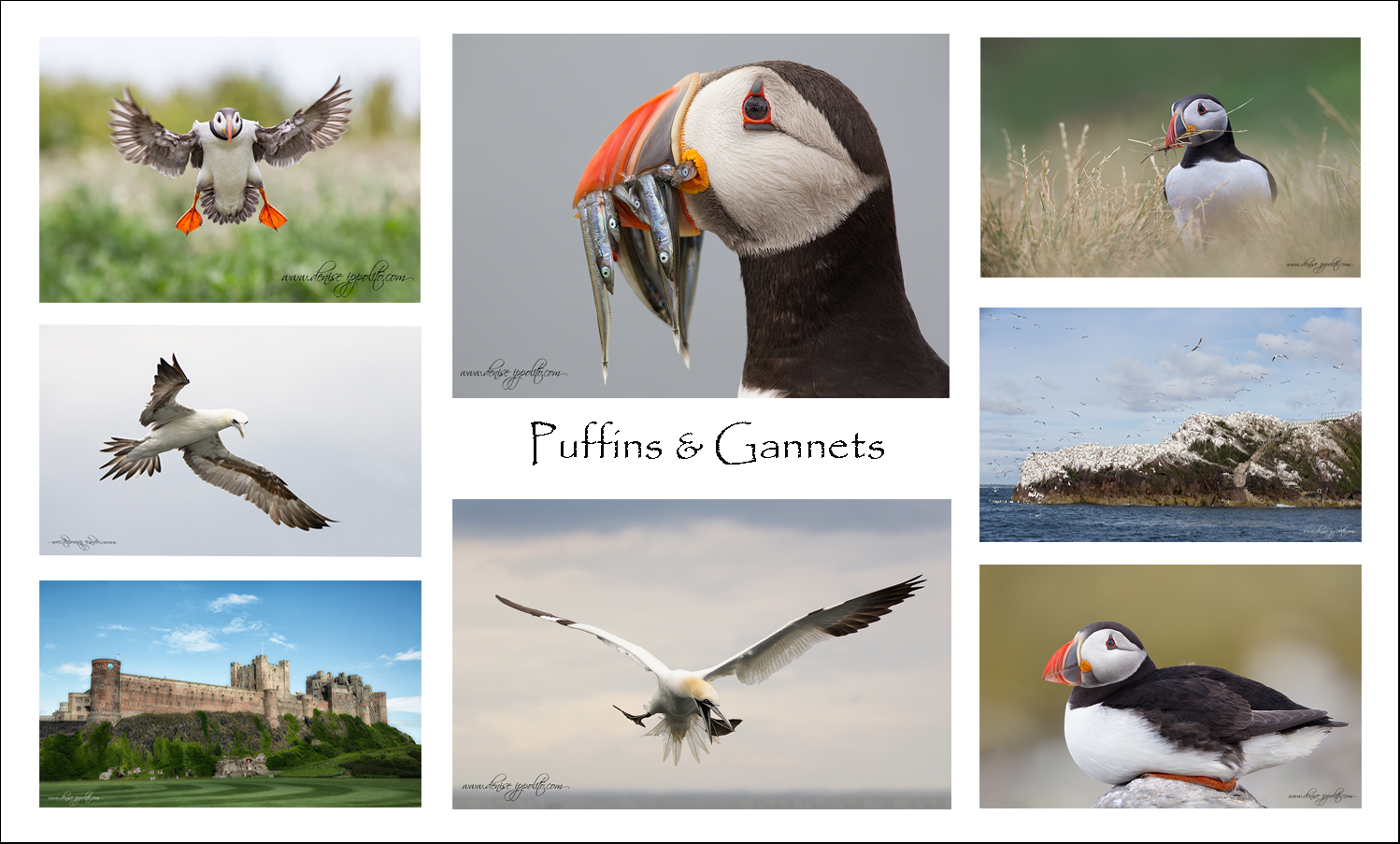













I agree with Doug (and others) except in both cases it is actually a matter of magnification rather than distance (although the two are obviously related for a given focal length). This is why you can have tremendous DOF with an extreme wide angle lens that is close to a subject while finding sufficient DOF with a super telephoto and a somewhat distant subject can be a challange.
Hey Mitch, That sounds like somewhat of a semantic argument to me…. In such situations I do not think at all in terms of magnification….
Answer Q1 Because the bird was coming toward you as opposed to traveling laterally across the sensor.
Answer Q2 Because the magnification was not significantly high, i.e. the distance from the camera to subject was such that there would have been adequate DOF at that distance.
As for #1, it is easier to get a bird sharper when it is flying side to side than when it is coming at you. And yes to #2.
Agree with Doug as well. Tim too, but I didn’t think of the full flaps slowing the bird.
Agree with Doug on both counts.
Also, the landing murre appears to be in ‘full-flaps’ mode, and probably was not moving too quickly.
Yes, the murre was braking to land. artie
1-Why is the landing murre sharp at a shutter speed of “only” 1/400 sec.? Most folks recommend a shutter speed of at least 1/400 sec. for birds in flight….
2-Why was I not worried at all about depth-of-field?
In a way…both answers is distance. The further away the bird in flight, the lower you can go in shutter speed.
And with #2, your depth of field increases as the distance between the subject and lens increases.
Doug
Perfecto.